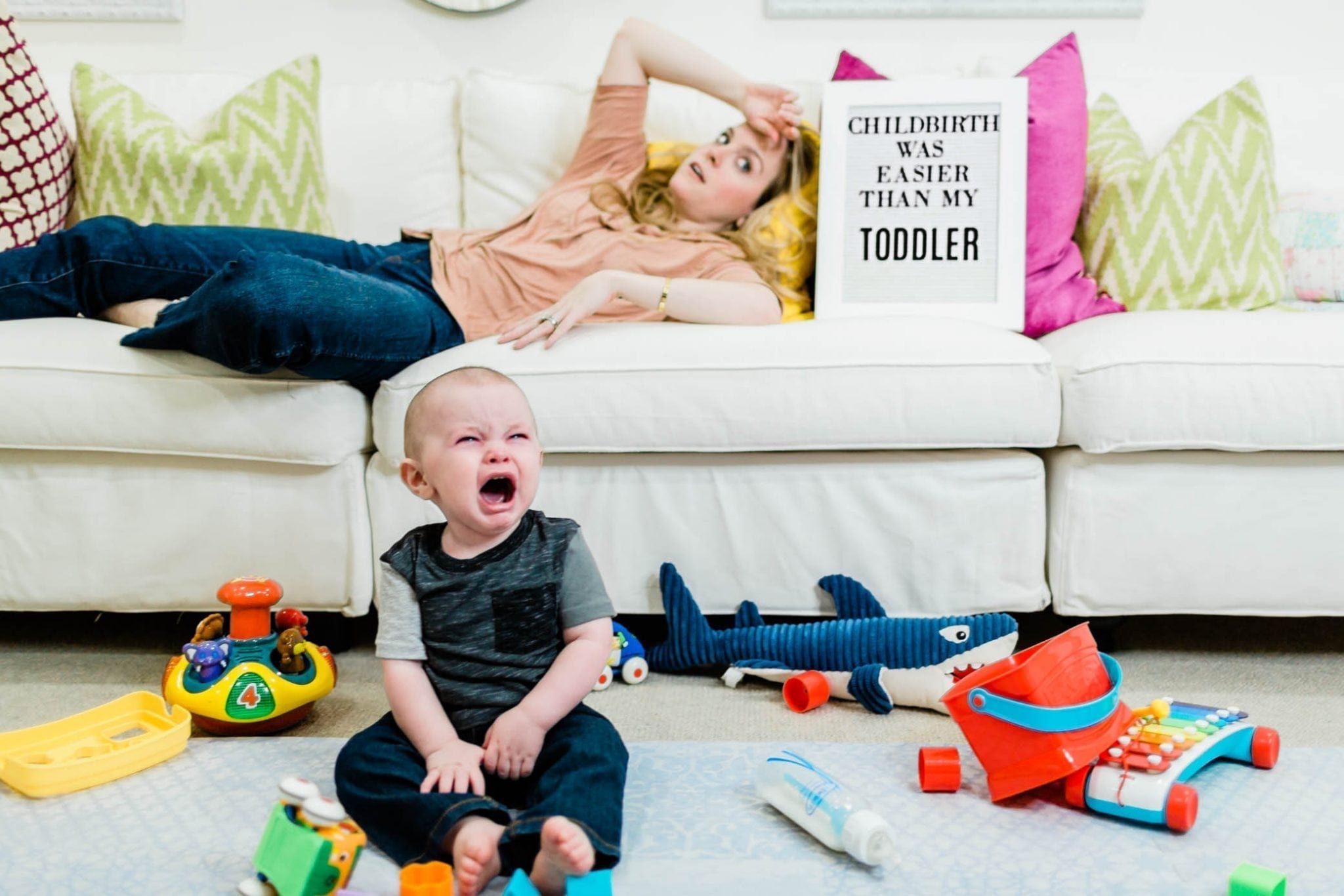Developmental Stage Of Rolling On Floor In Tantrum

What to do when your child has a meltdown.
Developmental stage of rolling on floor in tantrum. Many children exhibit patterns like rolling on the floor clinging to a person being rigid and stiff and yelling continuously. Sitting erect without support is a developmental milestone usually achieved by 8 months. They are a way a child communicates his or her feelings. They always to start slow when throwing a fit.
Climbing 12 to 24 months toddlers climb up on the kitchen table or your desk or the bed for the obvious reason. Whining or dropping to the floor also loaded on this factor in different data sets 16 17. A child may seem totally out of control but these fits of rage stomping screaming and throwing himself or herself to the floor are a normal part of childhood development. Since it s ineffective it necessitates escalation.
The ability to roll from back to abdomen usually occurs at 6 months old. Tantrums are usually first linked to the toddler years of development generally 0 3 years old. At this stage of development the young child lacks the words he needs to express himself so he. Temper tantrums are emotional and physical meltdowns common among children in the 2 to 4 year old age range.
The parents and the school teachers observe a noticeable increase in the intensity of tantrums. Temper tantrums often happen only with a parent. The focus of this article is on why temper tantrums occur what elements constitute a tantrum stages through which they progress and simple methods of handling tantrums. Stage 2 of a tantrum.
Line up a few small toys on the floor and have a treasure hunt where she has to go from one item to the next and pick them up a perfect activity for cleanup time. It s excruciating and often lasts a long time. It occurs between the ages of 18 36 years. Most parents quickly become inured to it.
The toddler may demonstrate a number of characteristic behaviors including screaming kicking lying on the floor and occasionally holding his breath rarely to the point of passing out. For the 90 per cent of parents experiencing tantrums as part of normal child development the best way to deal with them is to try to avoid them. Stage 1 of a tantrum. It is the peak period of tantrums.
Usually some soft whining that eventually becomes cry whining and maybe straight tears. Independent but complementary multidimensional scaling of the temporal distributions skew of tantrum behaviors confirmed the distinction between anger and distress.















































